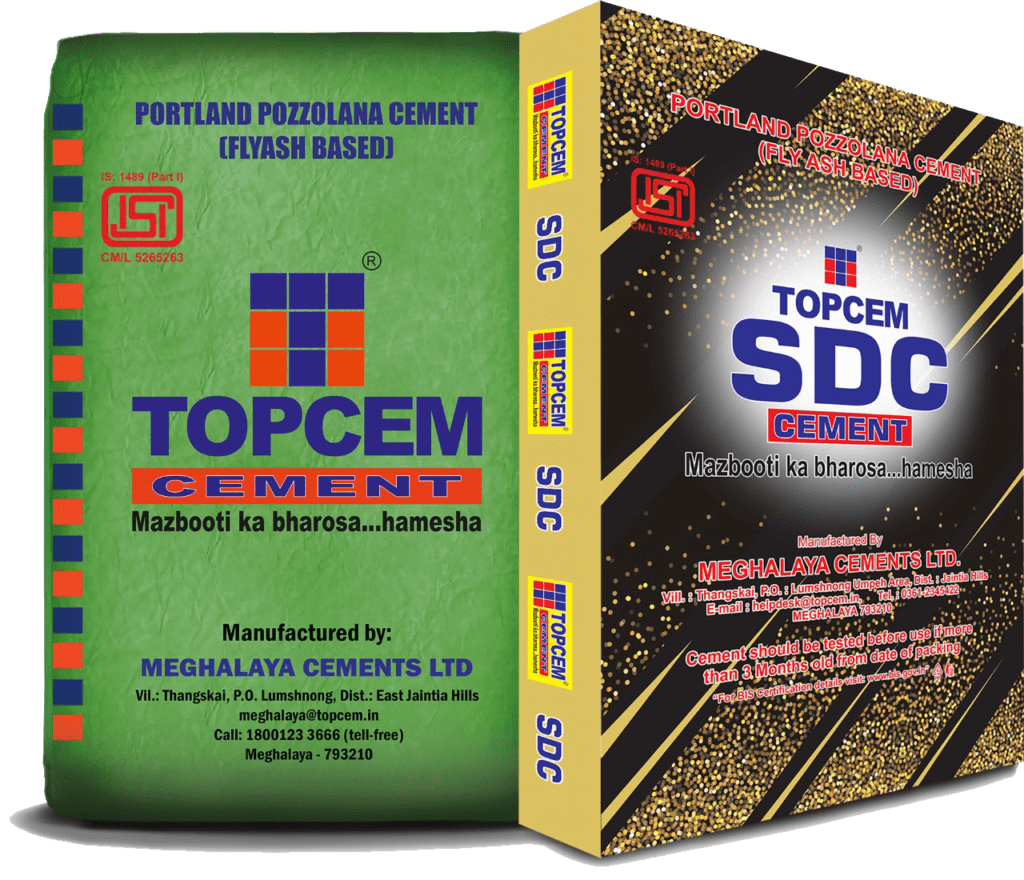In 1824, Joseph Aspidin mixed powdered limestone and clay with water and molded the mixture into slabs. These were then burned until carbon dioxide was liberated. He then ground the slabs into a fine powder. This cement when used gave a color and strength similar to the stones from the island of Portland, hence the term Portland Cement.
Portland Cement (Ordinary Portland Cement/Portland Pozzolana Cement/Portland Slag Cement) is one of several types of cement being manufactured throughout the world. OPC, PPC, and PSC are general-purpose types of cement used in concrete constructions. These are compounds of lime (CaO), silica (SiO2) alumina (AI2O3), iron (Fe2O3), and sulphur tn’oxide (S03) magnesium (MgO) which are present in small quantities as an impurity – associated with limestone. When cement raw materials containing the proper proportions of the essential oxides are ground to a surabe fineness and then burnt to incipient fusion in a kiln, a chemical combination takes place, largely in the solid-state resulting in a product named clinker. This clinker, when ground to a suitable fineness specified by the Bureau of Indian Standards, together with a small quantity of gypsum (SO3) with or without fly ash or blast furnace slag, is known as OPC/PPC/PSC.
Typical Physical and Chemical Properties of TOPCEM Portland Pozzolana Cement
SL. NO. | nAME OF THE TEST | BIS SPECIFICATION IS 1489:2015 | TEST RESULT OF TOPCEM |
|---|---|---|---|
A | Physical Tests | ||
1 | Fineness m2/kg, Kg./cm2 | 300 Minimum | 350 |
2 | Setting Time in minutes Initial Setting Time Final Setting Time | 30 minimum 600 max.m | 100 190 |
3 | Soundness Le-Chattlier mm Autoclave % | 10max.m 0.8max.m | 1 0.20% |
4 | Compressive Strength in Kg./cm2 3-days 7-days 28-days | 160min.m 220min.m 330min.m | 240 300 540 |
B | Chemical Test | ||
Insoluble Residue % Magnesia % Sulphuric Anhydride % Loss on Ignition % | X+4 (100-X)/100 6%max.m 3%max.m 4%max.m | 25.12 1.48 2.08 1.44 |

